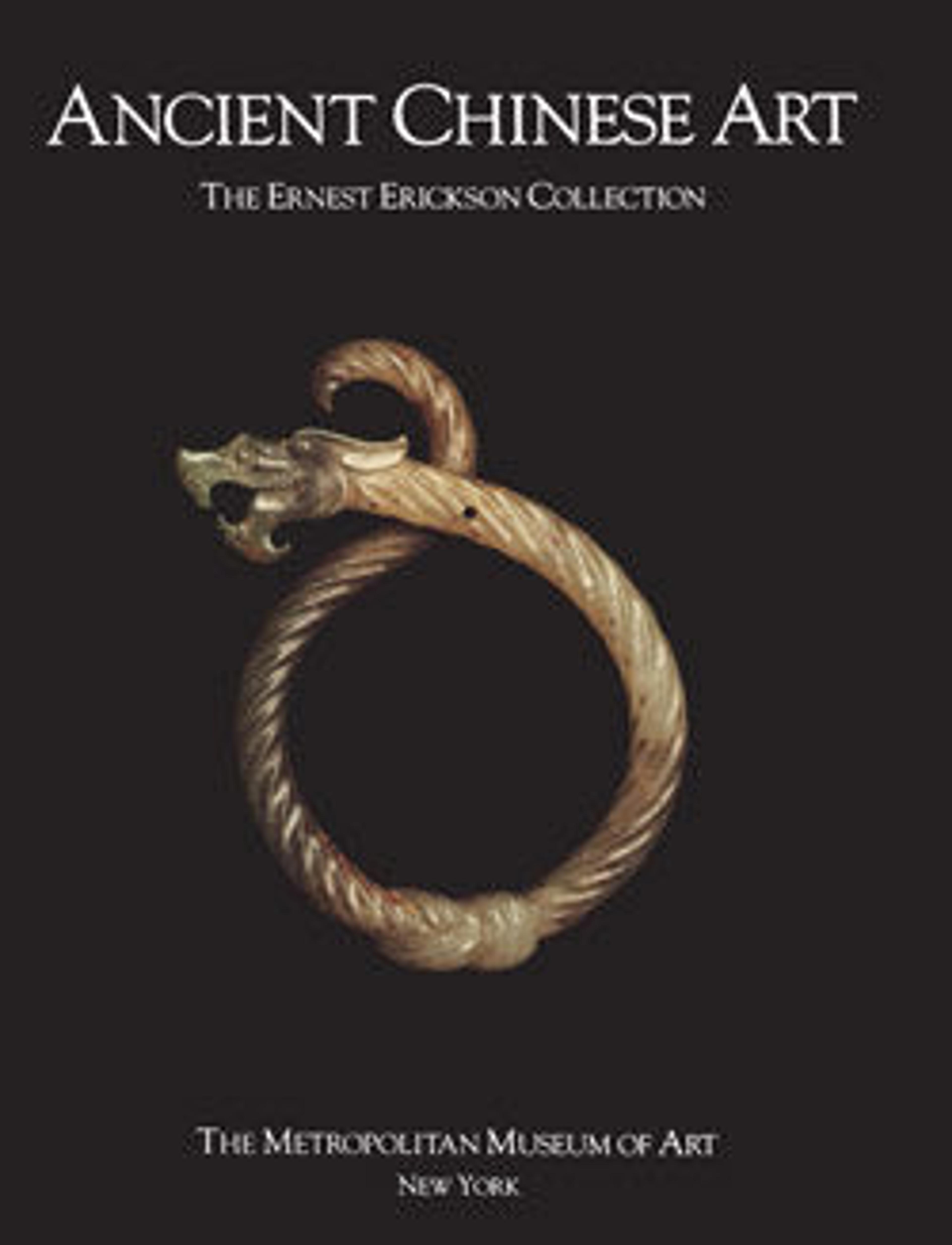Lofty Recluse in Autumn Mountains
Wang Duo, believing that "the creation of extraordinary landscape scenery comes first," returned to the monumental landscape motifs of the Northern Song to express his dissatisfaction with Dong Qichang's (1555–1636) credo: "In considering the wonders of brush and ink, landscape cannot compete with painting." This scroll, executed one year before Wang's death, is an eloquent statement of his fondness for pictorial content. Known more for his calligraphy than for his painting, Wang reduced the rich detail of tenth- and eleventh-century landscapes to simple graphic conventions. Heavily contoured trees, many with leafless, stubby branches; schematic dotting on the summits of the mountain peaks; and starkly outlined rock formations all recall the tenth century master Fan Kuan. The prominence of figures, buildings, and pathways, in striking contrast to the generally uninhabited landscapes of Dong Qichang, emphasizes the Song idea that paintings should be places in which to wander and dwell.
Artwork Details
- 明/清 王鐸 山水圖 軸
- Title: Lofty Recluse in Autumn Mountains
- Artist: Wang Duo (Chinese, 1592–1652)
- Period: Qing dynasty (1644–1911)
- Date: dated 1651
- Culture: China
- Medium: Hanging scroll; ink on paper
- Dimensions: 46 1/8 x 21 5/8 in. (117.2 x 54.9 cm)
- Classification: Paintings
- Credit Line: Gift of Ernest Erickson Foundation, 1985
- Object Number: 1985.214.149
- Curatorial Department: Asian Art
More Artwork
Research Resources
The Met provides unparalleled resources for research and welcomes an international community of students and scholars. The Met's Open Access API is where creators and researchers can connect to the The Met collection. Open Access data and public domain images are available for unrestricted commercial and noncommercial use without permission or fee.
To request images under copyright and other restrictions, please use this Image Request form.
Feedback
We continue to research and examine historical and cultural context for objects in The Met collection. If you have comments or questions about this object record, please contact us using the form below. The Museum looks forward to receiving your comments.
